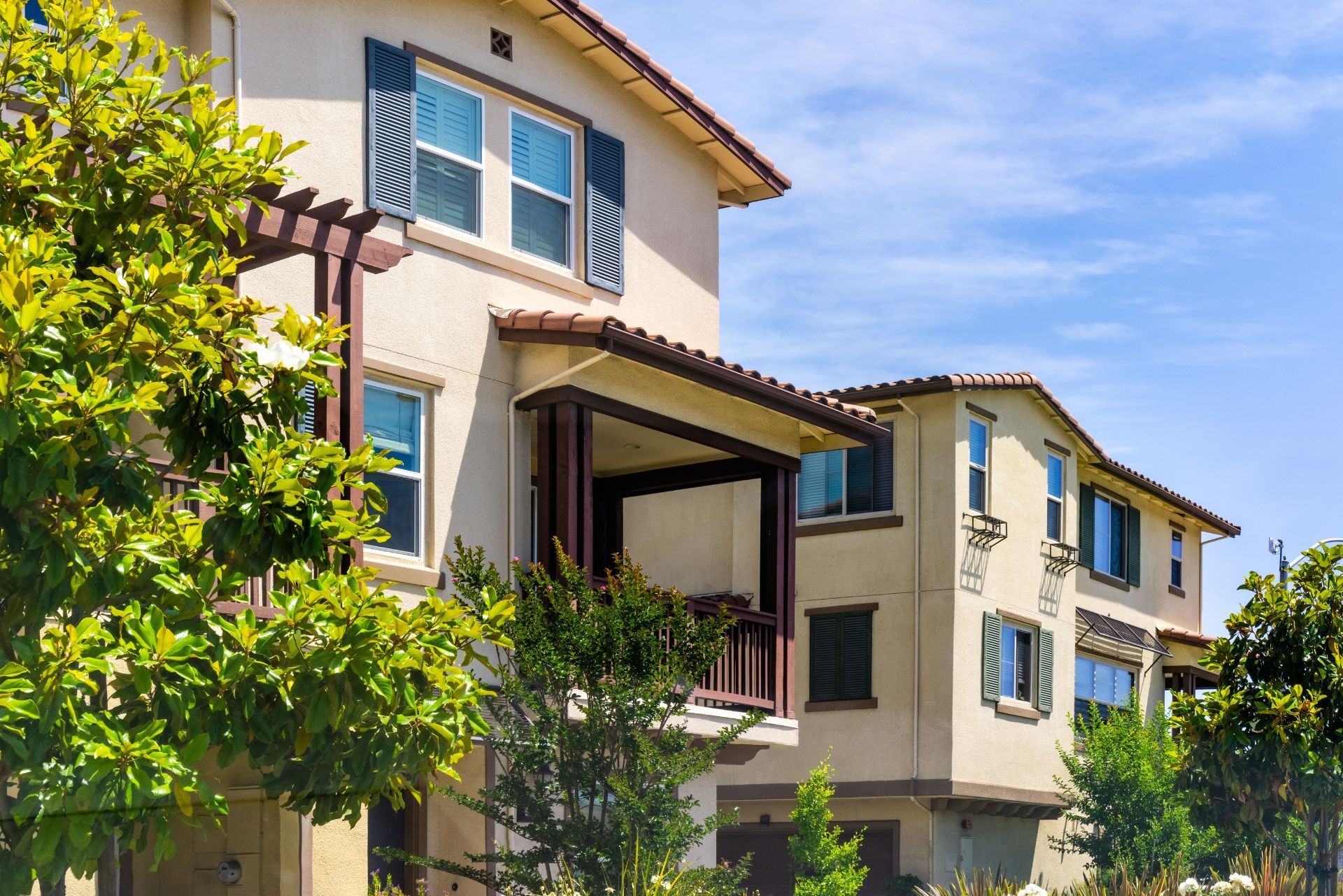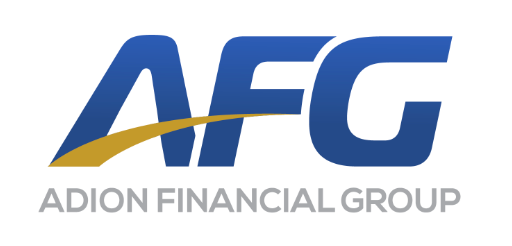
Top 3 Recommended Policies
Homeowners in Connecticut face a unique set of challenges when it comes to insuring their 1-4 unit properties. From rising premiums to weather-related risks, understanding the landscape of property insurance in the state is essential for protecting your investment and peace of mind. This comprehensive guide delves into the latest trends, key factors driving insurance costs, and expert insights to help you navigate the complexities of homeowners insurance in Connecticut.
Connecticut has seen notable increases in homeowners insurance rates in recent years, with a 13.5% rise in 2024 following a 9.6% increase in 2023. These changes reflect broader industry dynamics and localized risk factors that impact premiums statewide. For a detailed look at these trends, the Connecticut Insurance Department data offers valuable context.
Understanding the Rising Cost of Homeowners Insurance in Connecticut
Homeowners insurance premiums in Connecticut have been climbing steadily. Between 2021 and 2024, the average premium increased by approximately 16%, reaching just over $2,500 for a typical $350,000 replacement coverage policy. This upward trend reflects a combination of factors including increased claims, inflation in repair costs, and heightened risk from natural events.
One major driver behind these rising costs is the frequency and severity of wind-related damage. Windstorms often cause significant harm to roofs and exterior walls, leading to costly repairs and subsequent insurance claims. According to analysis from the Connecticut state comptroller's office, "Wind, which frequently damages roofs, and resulting water damage, are the main loss drivers in Connecticut." This insight underscores why insurers adjust premiums to reflect the higher risk associated with such weather events. Additionally, the state has seen an uptick in severe weather patterns, which experts attribute to climate change. As storms become more unpredictable and intense, homeowners are left to grapple with the reality that their properties are increasingly at risk, further driving the demand for comprehensive coverage.
Moreover, the National Association of Insurance Commissioners reported a $20 billion increase in net losses for property and casualty insurance carriers in the first quarter of 2025 alone, representing a 15.5% spike from the previous year. These losses put additional pressure on insurers to raise rates to maintain financial stability. The economic landscape is also shifting; as construction materials and labor costs continue to rise due to inflation, the expenses associated with rebuilding after a disaster have surged. This reality means that insurance companies must adjust their pricing models to ensure they can cover potential claims, leading to higher premiums for homeowners.
Regulatory Oversight and Its Impact on Premiums
Despite these challenges, Connecticut has demonstrated effective regulatory oversight that helps moderate premium increases. In 2024, the Connecticut Department of Insurance approved an average homeowners insurance premium increase of 9.6%, which was notably lower than the 11.1% increase requested by insurers. This regulatory moderation plays a crucial role in balancing insurer solvency with consumer protection. Furthermore, the state has implemented initiatives aimed at enhancing risk mitigation strategies for homeowners, such as incentivizing the installation of storm-resistant roofs and flood barriers. These programs not only help reduce potential claims but also encourage homeowners to take proactive steps in safeguarding their properties.
Research from Harvard and Wharton business schools, highlighted by Connecticut Senate Democrats, supports the idea that states with strong oversight over insurance rate requests tend to have lower premiums for homeowners. This suggests that Connecticut’s approach to reviewing and approving rate changes benefits policyholders by preventing excessive hikes while ensuring insurers remain viable. Additionally, the state’s commitment to transparency in the insurance process fosters trust between consumers and providers, allowing homeowners to better understand the factors influencing their premiums. As Connecticut navigates these complex challenges, the interplay between regulatory practices and market dynamics will continue to shape the landscape of homeowners insurance in the state.

Key Risks Affecting 1-4 Unit Properties in Connecticut
For owners of 1-4 unit properties, understanding the specific risks that influence insurance coverage and costs is vital. Connecticut’s climate and geography expose homes to several hazards, with wind and water damage topping the list.
The Severe Weather Mitigation & Resiliency Council’s June 2025 report highlights that "Wind-induced damage to residential structures — particularly to roofs and walls of older or non-elevated buildings — can be extensive even in moderate storm events." This is especially relevant for Connecticut’s older housing stock, where construction standards and materials may not fully mitigate storm damage risks. Homeowners should consider investing in upgrades such as impact-resistant roofing and reinforced windows, which can significantly reduce potential damage during severe weather events.
Water damage often follows wind damage, as compromised roofs and walls allow rainwater to infiltrate the structure. This can lead to costly repairs and mold remediation, both of which contribute to higher insurance claims and premiums. Furthermore, the presence of mold can pose serious health risks to residents, leading to additional expenses related to health care and remediation. Homeowners should be proactive in maintaining their properties by regularly inspecting roofs, gutters, and drainage systems to minimize the risk of water intrusion.
Insurance Gaps and Home Equity Protection
Another concern is the growing home equity protection gap. In 2022, an estimated 12% of Connecticut homeowners did not have homeowners insurance. This lack of coverage leaves many vulnerable to financial loss in the event of property damage or disaster. Without insurance, homeowners risk losing the equity they have built up, which can have long-term economic consequences for families and communities. Additionally, the absence of insurance can hinder a homeowner's ability to secure loans or financial assistance, further exacerbating their financial instability.
Addressing this gap requires awareness and education about the importance of adequate insurance coverage. It also highlights the need for affordable insurance options that encourage more homeowners to protect their properties. Community outreach programs and workshops can play a crucial role in informing residents about the risks associated with underinsurance and the benefits of comprehensive coverage. Moreover, partnerships between local governments and insurance providers could lead to innovative solutions, such as tiered insurance plans that cater to various income levels, ensuring that all homeowners have access to essential protection against potential losses.
What Connecticut Homeowners Should Know About Their Insurance Policies
When selecting or renewing insurance for 1-4 unit properties, homeowners should carefully review their policy details to ensure adequate protection. This includes understanding coverage limits, deductibles, and exclusions related to wind and water damage, which are particularly relevant in Connecticut. Homeowners should also be aware of the specific risks associated with their geographical location; for instance, properties near the coast may be more susceptible to flooding and storm surges, necessitating additional flood insurance beyond standard policies.
Given the rising costs, it’s also wise to shop around and compare quotes from multiple insurers. While regulatory oversight helps keep rates in check, premiums can still vary significantly between companies based on their underwriting criteria and risk assessments. Homeowners should not only consider the price but also the reputation of the insurer, including customer service ratings and claims processing efficiency, which can greatly affect the overall experience during a claim.
Tips for Managing Insurance Costs
Homeowners can take proactive steps to manage their insurance expenses. Improving the resilience of the property—such as reinforcing roofs, installing storm shutters, and maintaining gutters—can reduce the likelihood of damage and may qualify for discounts with some insurers. Additionally, regular maintenance checks and timely repairs can prevent small issues from escalating into costly claims, which can impact future premium rates. Homeowners should also document any upgrades or improvements made to the property, as this information can be beneficial when negotiating with insurers for better rates.
Additionally, bundling homeowners insurance with other policies like
auto insurance can offer savings. Consulting with insurance agents who understand Connecticut’s market can also help identify the best coverage options tailored to your property’s needs. It’s also important to review your policy annually, especially after significant life changes such as renovations, new purchases, or changes in occupancy, to ensure that your coverage remains adequate and reflects the current value of your home and possessions. Taking these steps can empower homeowners to make informed decisions and potentially save money while maintaining robust protection against unforeseen events.
The Future of Homeowners Insurance in Connecticut
Looking ahead, homeowners insurance in Connecticut is likely to remain influenced by weather-related risks and economic factors driving claims costs. However, continued regulatory vigilance and advancements in building resilience may help moderate premium growth over time.
Insurers and policymakers are increasingly focused on strategies to mitigate losses from natural disasters, including better risk modeling and incentives for property improvements. These efforts aim to create a more sustainable insurance market that balances affordability with comprehensive protection.
For homeowners seeking the latest updates on insurance rates and regulations, the Connecticut Insurance Department's annual review provides authoritative information on approved premium changes and industry trends.
In addition to regulatory measures, technological advancements are playing a pivotal role in shaping the future of homeowners insurance. Insurers are increasingly utilizing data analytics and artificial intelligence to assess risk more accurately, allowing for personalized insurance products that cater to individual homeowner needs. This shift not only enhances the underwriting process but also empowers homeowners to make informed decisions about their coverage options, potentially leading to lower premiums for those who invest in risk-reducing home improvements.
Moreover, community engagement and education are becoming essential components of the homeowners insurance landscape. Local governments and insurance companies are collaborating to raise awareness about the importance of disaster preparedness and the benefits of maintaining a resilient home. Workshops, informational campaigns, and resources aimed at educating homeowners about flood zones, fire risks, and other hazards are becoming more prevalent, fostering a culture of proactive risk management that can ultimately lead to a more stable insurance environment.

Conclusion
Connecticut’s 1-4 unit property insurance landscape is shaped by a mix of rising costs, weather risks, and regulatory efforts. Understanding these factors helps homeowners make informed decisions about coverage and risk management. While premiums have increased notably in recent years, strong state oversight and proactive property maintenance can help mitigate financial impacts.
Staying informed and engaged with your insurance provider ensures that your home remains protected against the unique challenges Connecticut presents. With the right approach, homeowners can safeguard their investments and enjoy greater peace of mind.
Contact Us
Phone
Locations
Connecticut Location
703 Hebron Ave., 3rd Floor, Glastonbury, CT 06033
North Carolina Location
436 East 36th St., Charlotte, NC 28205


